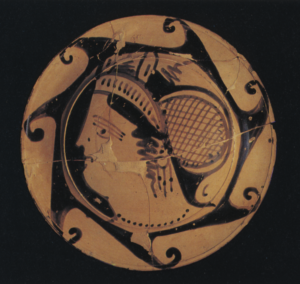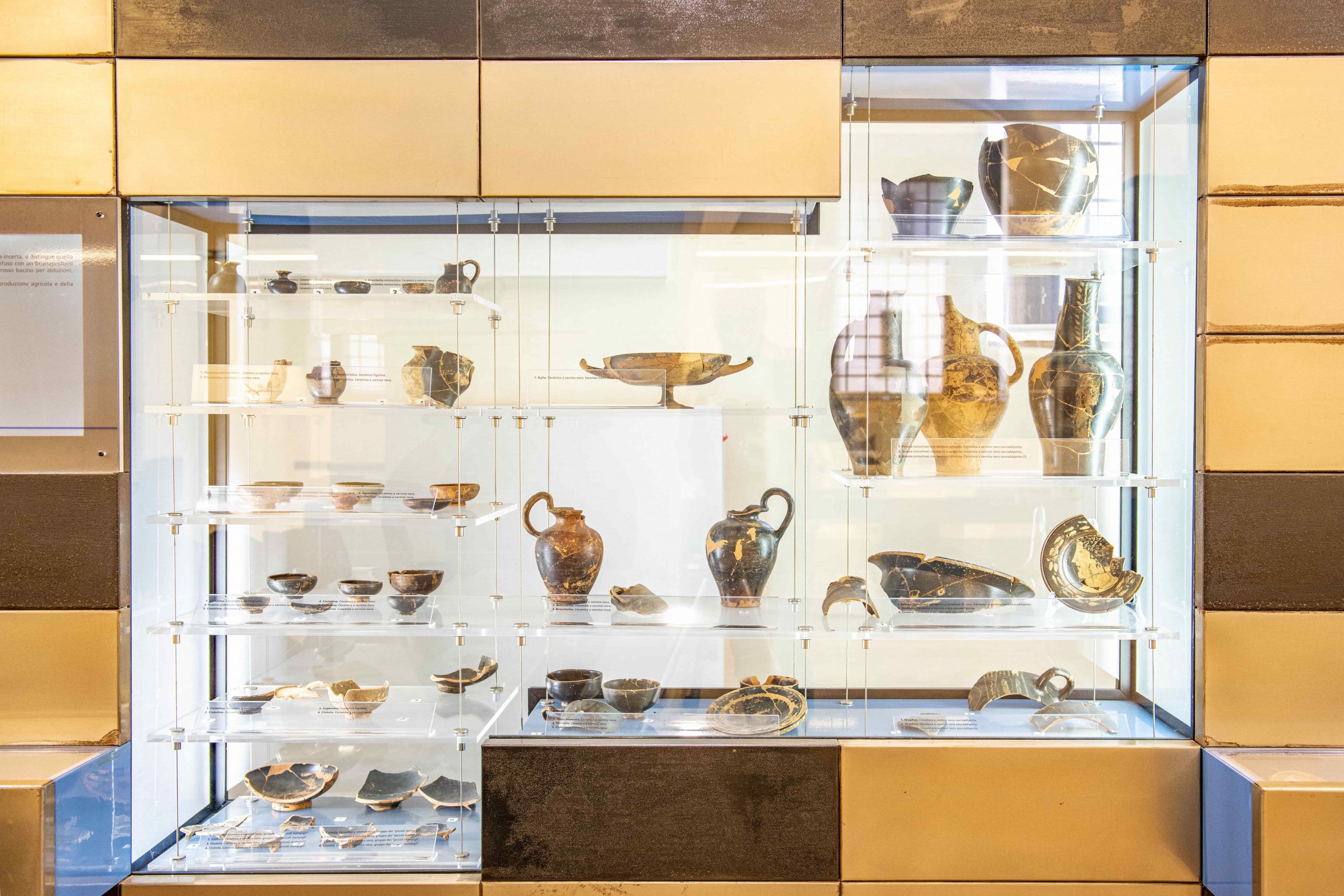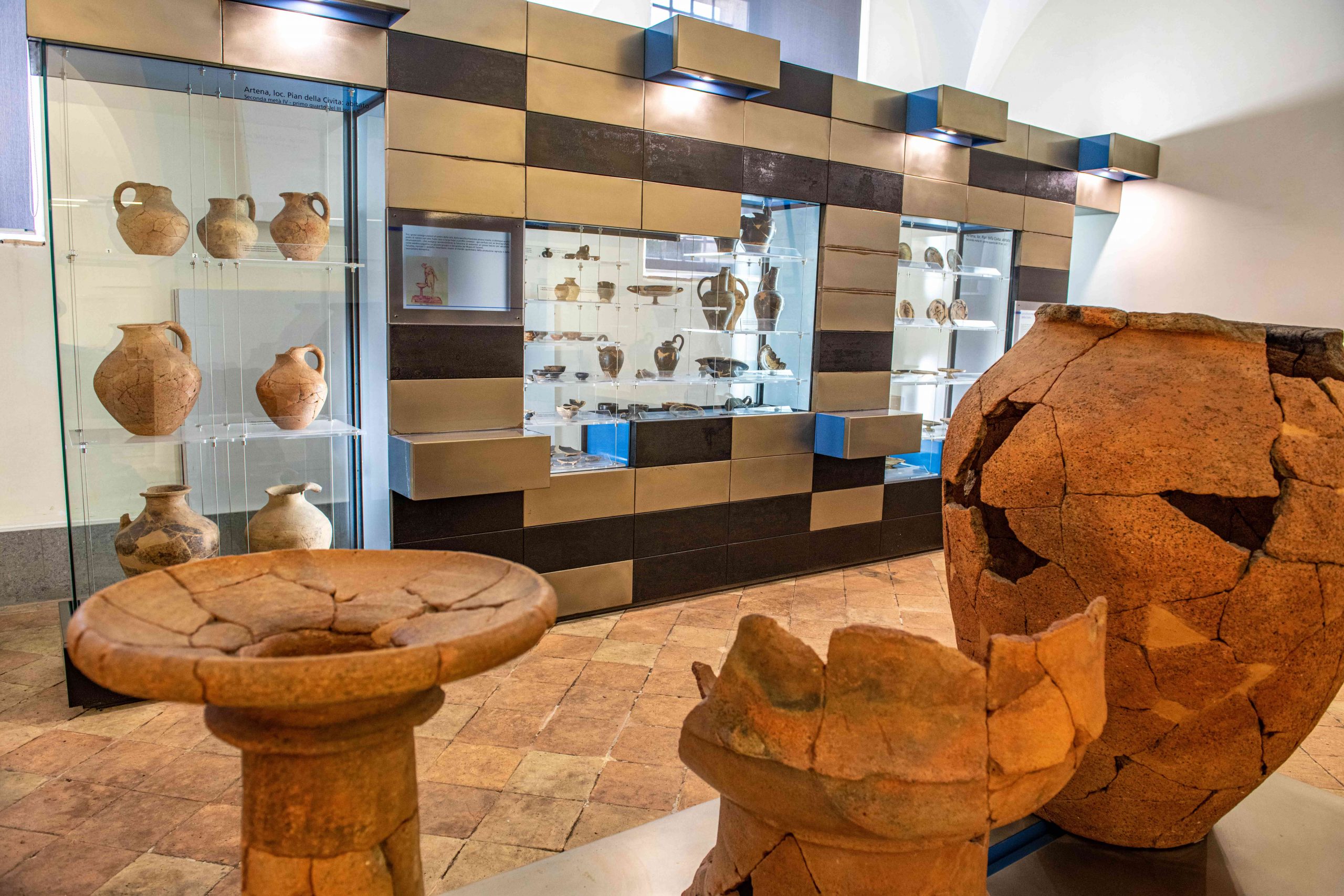
ARCHAEOLOGICAL MUSEUMS
Archaeological Civic Museum
“Roger Lambrechts”
Granaio borghese – Via Fleming s.n.c.
Area archeologica del Piano della Civita
Via Piano della Civita
OPENING HOURS
Tuesdays and Thursdays 3 pm – 6 pm
Wednesdays and Fridays 10 am – 1 pm
Saturdays and Sundays 10 am – 1 pm and 4 pm – 7 pm
Closed on Mondays, January 1st, May 1st, August 15th and December 25th.
INFO
Cell +39 357 869 38 +39 334 577 16 53 +39 340 163 81 94
(Gruppo Archeologico Artena)
gruppoarcheologicoartena@gmail.com
This museum was named after the Belgian archaeologist who, for 25 years, directed the excavations in the area of Piano della Civita. It is housed in the recently restored eighteenth century “Granaio Borghese” (Borghese barn).
In this attractive setting, the materials on display, often preserved in their entirety, illustrate the life of a Republican-era town, the name of which remains unknown to this day. The activities of exploration and recovery in the surrounding territory, conducted for decades by the local archaeological group, have made it possible to enrich the exhibition with a section dedicated to the settlement system of this area, which the Via Latina passed through, and was characterised by the presence of villas which were inhabited until the late ancient times.
The museum is closely linked to the archaeological area of Piano della Civita, located about 1 kilometre from the town of medieval origin. In a spectacular setting, with a view that sweeps from the entrance of the Pontine Plain to the Roman Castles, the Prenestini Mountains and the Valle del Sacco, you can visit the ruins of a town that date back to between the late-Archaic age (end of the sixth century B.C.-beginning of the fifth century B.C.) and the Republican middle age (fourth century B.C.– third century B.C.). It was located at 631 metres above sea level in a position that dominated the valley below.
Several polygonal walls still remain where we can admire a “Scea” entrance and a monumental central terrace, all built with the same construction technique. The well-preserved ruins of a rustic Roman villa, inhabited between the first century B.C. and the second century A.D., are still being excavated.
Video
Galleria
Campagna fotografica realizzata nell’ambito del progetto “Oltre Roma” e finanziata dalla Regione Lazio, Avviso Pubblico “La cultura fa sistema 2021”






